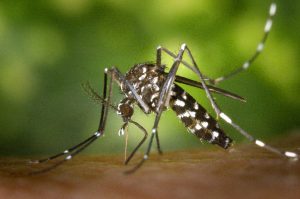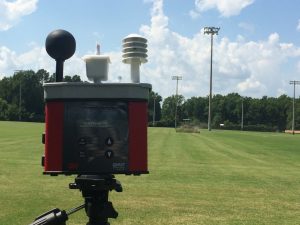Radford C*, Balanay JG, Kelley T and Featherstone A (June 2018). Elevated Blood Lead Levels in Buncombe County Children: Implications of Lowering the North Carolina Intervention Level to the Centers for Disease Control and Prevention Blood Lead Reference Value. Journal of Environmental Health 80(10): 16-22.
Public health interventions in North Carolina (NC) are currently implemented for children with blood lead levels (BLLs) ≥10 µg/dL, although the Centers for Disease Control and Prevention (CDC) recently established 5 µg/dL as a new reference value for identifying children with elevated BLLs. This study quantified and characterized the children with elevated BLLs in Buncombe County, NC. A review of case reports of Buncombe County children was conducted through the NC Lead Surveillance System online database. Twenty three children had confirmed elevated BLLs (≥10 µg/dL) from 2005-2015, while 146 children had BLLs within 5 to <10 µg/dL from 2012-2015. Most of the identified children (62%) lived in Asheville and were 1-2 years old (65%). A significant number of children would have benefitted from and would have been prevented from further lead exposure if North Carolina lowers the BLL intervention standard to the CDC reference value, but a need for additional manpower at the local health departments must be addressed to adapt to such change.
*Casey Radford is a 2015 graduate of our MS Environmental Health program.




